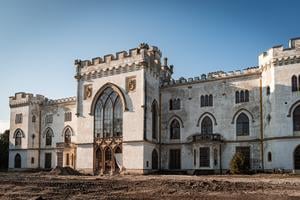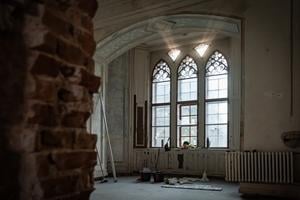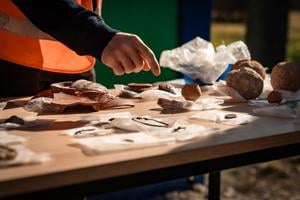Archaeologists excavating the grounds of Rusovce Chateau, a neo-Gothic landmark in Bratislava, have uncovered a Roman aqueduct: an astonishing find that sheds new light on the site’s ancient past. The discovery, made during restoration work on the national cultural monument, has been described as unparalleled in Slovakia.
The excavation, led by Trnava University’s Department of Classical Archaeology under Associate Professor Erik Hrnčiarik, also revealed a mediaeval brick kiln and a modern ice house. But the standout discovery is the aqueduct, believed to be the first of its kind studied in the country.
An engineering marvel buried for centuries
The aqueduct, lying just 80cm below the surface, is constructed from stone with a base lined with Roman bricks (tegulae), arranged to create a gradual slope towards the chateau. Measuring 91cm in height and 32cm in width (the equivalent of one Roman foot), it was built to channel water to an as-yet unidentified structure.
“We have documented 38 metres of the aqueduct so far. Its preservation is extraordinary,” said Hrnčiarik.
The sheer scale of its construction is remarkable. Calculations suggest the Romans used at least 51 tonnes of stone and more than 80 tegulae. Some of these bricks bear the stamped names of their manufacturers, while others feature paw prints left by animals when they were drying in the sun.
One brick carries the inscription C VAL CONST KAR, linking it to the private brickworks of Gaius Valerius Constans of Carnuntum (modern-day Austria), active in the 2nd century AD. Archaeologists believe the aqueduct was in use until the late 2nd century, when it was buried, inadvertently preserving it for over 1,800 years.

What was it for?
The aqueduct’s exact purpose remains unclear. It appears to lead to an unknown structure beneath the chateau’s southern wing - possibly a Roman bathhouse. If so, it may have served soldiers stationed in the area, similar to those in Vienna’s ancient predecessor, Vindobona. However, with much of the original structure lost to later construction, this remains speculation.
As the site lies within a protected heritage zone near UNESCO-listed buildings, Slovak authorities have opted to leave the aqueduct in situ, relocating a planned technical service building to accommodate its preservation.
Beyond the Roman discoveries, archaeologists uncovered evidence of settlements dating back to the Early Iron Age and the Middle Ages. Among the finds are luxury Roman ceramics (Terra Sigillata) imported from France and Germany, glass window panes, a vaulted roof fragment, a silver bracelet, and even an ancient wallet.
A mediaeval brick kiln, later repurposed for lime production, offers further insights into how Rusovce’s residents reused Roman ruins. “We believe the kiln was used to process marble statues and reliefs found in the abandoned Roman camp nearby,” said excavation deputy head Tomáš Kolon.
The team also identified an underground ice house, several metres in diameter, dating to the modern era. Such structures were used to store ice collected in winter for summer food preservation. It likely served the aristocratic Zichy family, who owned the chateau in the 19th century.
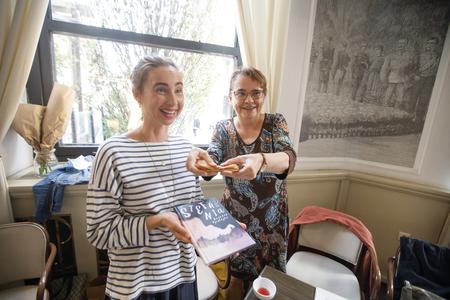
What’s next?
The excavation continues, with archaeologists now focusing on the servants’ quarters within the expansive chateau park. Once this phase is complete, they plan to return to the main building in the spring to continue their search for more secrets buried beneath Rusovce.
The chateau itself has been undergoing restoration since last year, with completion expected by 2029. The project, estimated to cost nearly €110 million, aims to preserve and revitalise the historic landmark for future generations.


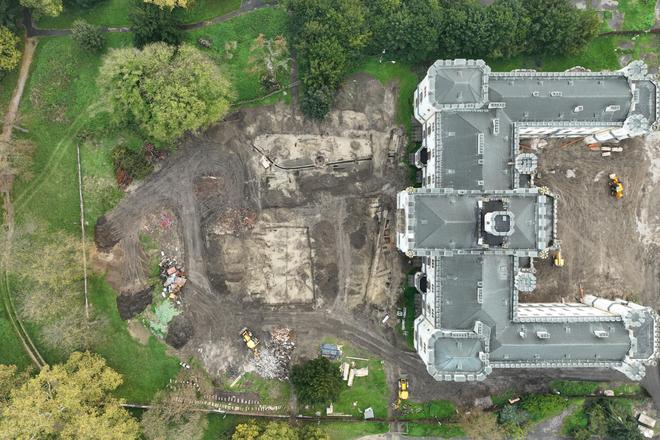 Archaeologists excavating the grounds of Rusovce Chateau, a neo-Gothic landmark in Bratislava, have uncovered a Roman aqueduct. (source: TRUNI)
Archaeologists excavating the grounds of Rusovce Chateau, a neo-Gothic landmark in Bratislava, have uncovered a Roman aqueduct. (source: TRUNI)
